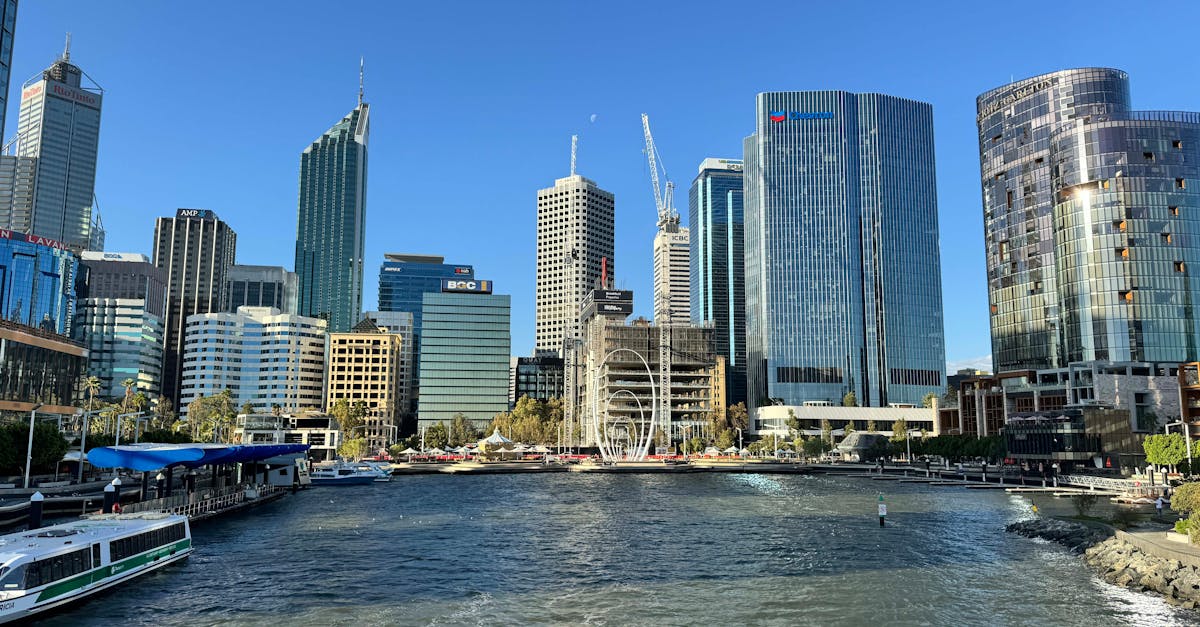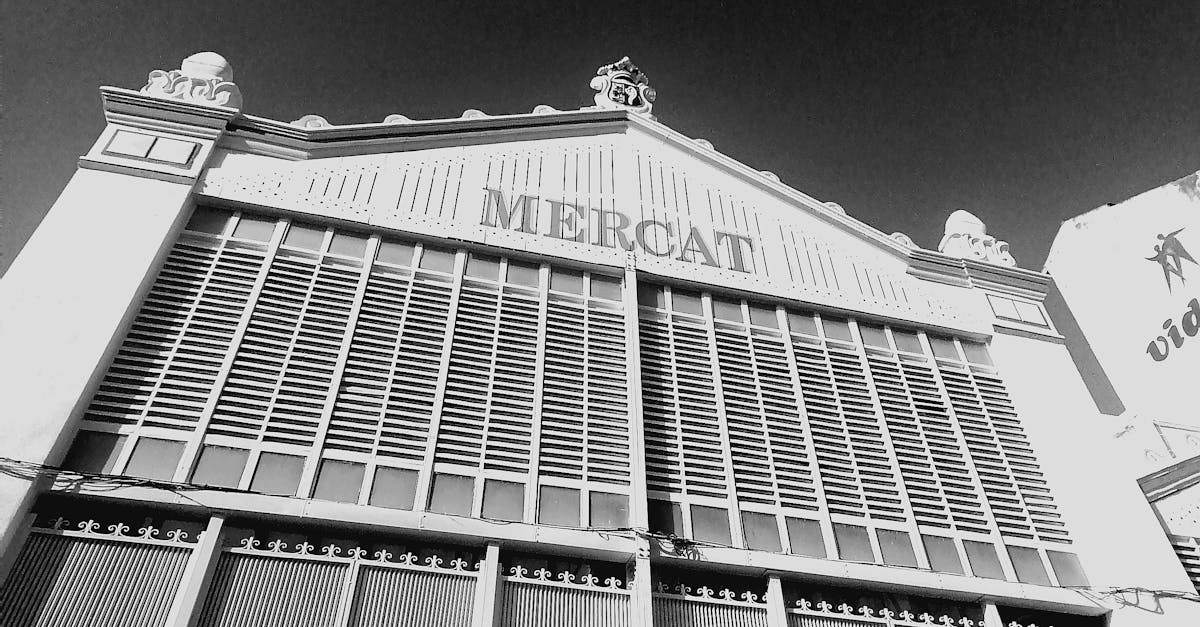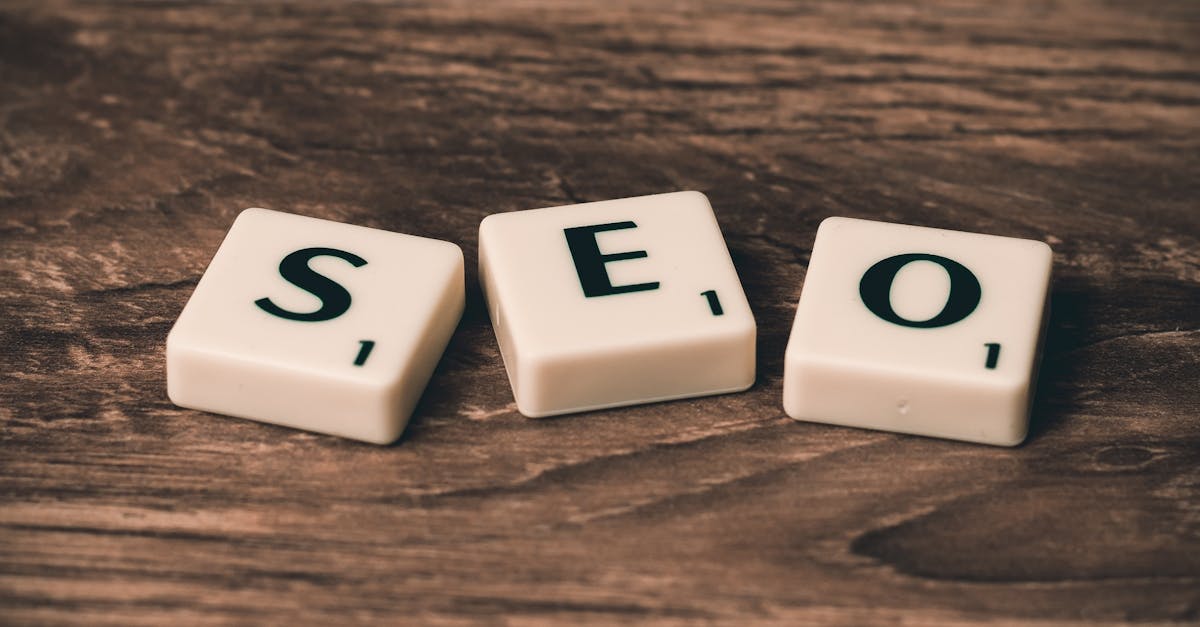
Table Of Contents
Display Ads vs Search Ads
Display ads and search ads serve different purposes within the digital advertising ecosystem. Display ads often appear on various websites and are designed to capture the attention of users while they browse online. These ads are typically visually engaging and can include images, videos, or animations. On the other hand, search ads are text-based advertisements featured on search engine results pages, displayed when users actively search for specific keywords. This targeted approach can lead to higher intent from users, as they are already interested in what they are looking for.
Pay-Per-Click (PPC) advertising is a common model used for both display and search ads, allowing advertisers to pay only when their ads are clicked. The revenue generated from these clicks can vary significantly based on the ad type and the intended audience. While display ads may offer broader visibility and brand awareness, search ads often yield higher conversion rates due to their focused nature. Understanding the strengths and weaknesses of each ad format can help businesses make informed decisions about their advertising strategies and maximise their revenue potential.
Which Offers Better Revenue Opportunities?
Display ads and search ads both present unique advantages for revenue generation. Display ads often rely on visual impact and can grab the attention of users while they navigate a website. However, these ads typically earn revenue based on impressions rather than actual clicks. In contrast, search ads are closely aligned with user intent, appearing when potential customers actively seek specific information or products. This relevance can result in a higher click-through rate, which can enhance overall revenue opportunities.
Pay-Per-Click (PPC) Advertising stands out as a noteworthy method for driving revenue, especially for websites that attract substantial traffic. With PPC, advertisers pay each time a user clicks on their ad, making every interaction financially beneficial. This model encourages website owners to optimise their content strategically to attract more clicks. While both display and search ad formats have their merits, the targeted nature of PPC often yields more profitable outcomes for advertisers and website publishers alike.
The Impact of Traffic Sources
The sources of website traffic play a crucial role in determining the potential revenue generated from clicks. Traffic can come from various channels such as organic search results, direct visits, social media, and paid advertising. Each source brings its unique characteristics that influence both the volume and quality of clicks on ads. Websites relying heavily on Organic traffic may see different engagement patterns compared to those supported by Paid traffic. Understanding these dynamics is essential for website owners looking to optimise their earnings.
Pay-Per-Click (PPC) Advertising is a popular method used by many websites to boost revenue. This model allows website owners to earn money each time a user clicks on an ad, making it vital to attract the right audience. Effective PPC campaigns can result in higher click-through rates and better overall returns, particularly when aligned with the website's content. However, it’s important to note that not all traffic sources yield the same effectiveness in PPC campaigns, making it imperative for website owners to analyse their traffic sources carefully.
Organic vs Paid Traffic on Earnings
Organic traffic and paid traffic represent two distinct avenues for websites to generate earnings. Organic traffic, sourced mainly from search engines, is generally viewed as more sustainable due to its long-term potential. Websites invest time and resources in search engine optimisation (SEO) to improve their visibility. This method can lead to a gradual build-up of visitors who engage with content, often resulting in higher conversion rates and a more loyal audience.
On the other hand, Pay-Per-Click (PPC) Advertising offers immediate results by driving traffic to a site through paid placements. While this method can quickly enhance visibility and boost user engagement, it requires ongoing financial investment to maintain traffic levels. Earnings from PPC campaigns can vary significantly based on the keywords selected and the competition in the marketplace. Consequently, website owners must carefully evaluate the balance between organic growth strategies and the pay-per-click approach to optimise their revenue potential.
Best Practices for Maximising Click Revenue
Maximising click revenue requires strategic planning and implementation of best practices across various domains. One effective approach is optimising ad placement on the website. Ads should be strategically positioned to catch the user's attention without compromising the overall user experience. Testing different placements can help identify the areas that generate the highest click-through rates. Clear, compelling calls-to-action paired with well-designed ads also increase the likelihood of users engaging with them.
In addition to placement, the quality of content plays a vital role in attracting clicks. Engaging, relevant content can capture the audience's interest, leading them to interact with Pay-Per-Click (PPC) Advertising more frequently. Regularly updating content and ensuring it aligns with the interests of the target audience can enhance user engagement. Using analytics to track performance and refine strategies over time can lead to improved click revenue as insights into user behaviour become clearer.
Optimising Ad Placement and Content
Effective ad placement can significantly influence the revenue generated from Pay-Per-Click (PPC) Advertising. Strategic positioning of ads ensures they capture the attention of visitors without disrupting their overall experience. Commonly effective locations include above the fold, near compelling content, and within the natural flow of the website. By experimenting with various placements, website owners can identify which areas yield the highest click-through rates.
Content complements ad placement, enhancing the likelihood of interaction with PPC ads. High-quality, relevant content attracts a targeted audience more likely to engage with advertised products or services. Integrating calls-to-action and maintaining an uncluttered design helps guide users towards ads seamlessly. Evaluating performance analytics can provide insights into user behaviour, allowing for adjustments that further optimise both content and ad placements for maximum revenue.
FAQS
Do websites really get paid for clicks?
Yes, websites can earn money through clicks, primarily using methods like display ads and search ads, where advertisers pay website owners each time a user clicks on their ads.
What are display ads and search ads?
Display ads are visual advertisements that appear on websites, while search ads are text-based ads that show up in search engine results. Both are used to generate revenue for website owners based on user clicks.
Which type of ad offers better revenue opportunities?
The revenue potential can vary; display ads often generate income based on impressions as well as clicks, while search ads typically rely on a pay-per-click model. The choice between the two depends on the website's audience and content.
How do traffic sources impact earnings from clicks?
Traffic sources significantly influence earnings. Organic traffic, which comes from search engines without paid promotions, often leads to higher engagement rates, while paid traffic can generate immediate clicks but may not be as sustainable in the long run.
What are some best practices for maximising click revenue?
To maximise click revenue, website owners should optimise ad placement, ensure high-quality content, provide a good user experience, and regularly analyse performance metrics to adapt their strategies accordingly.

















































